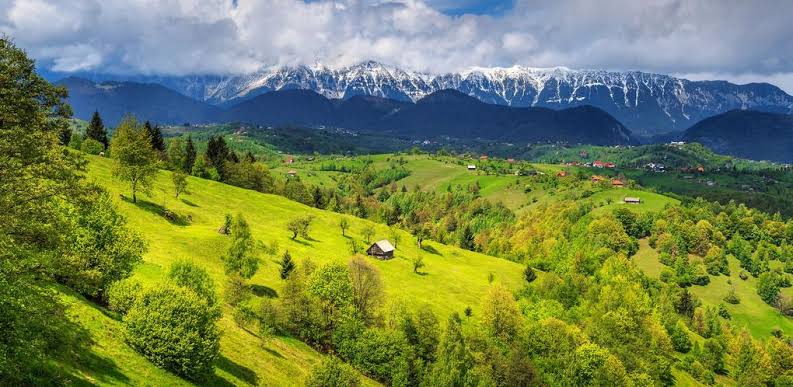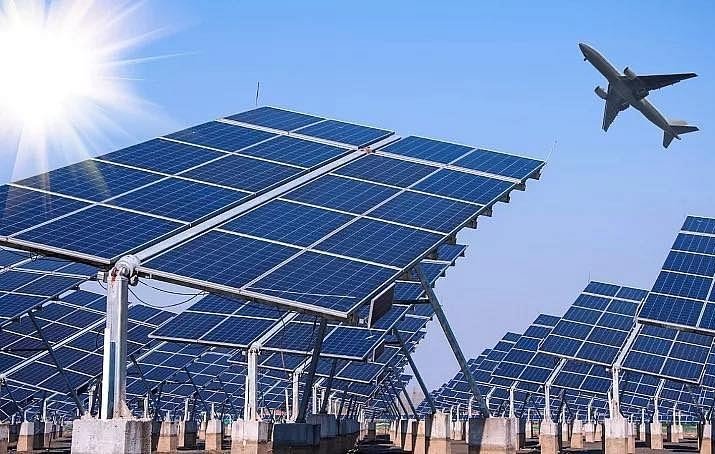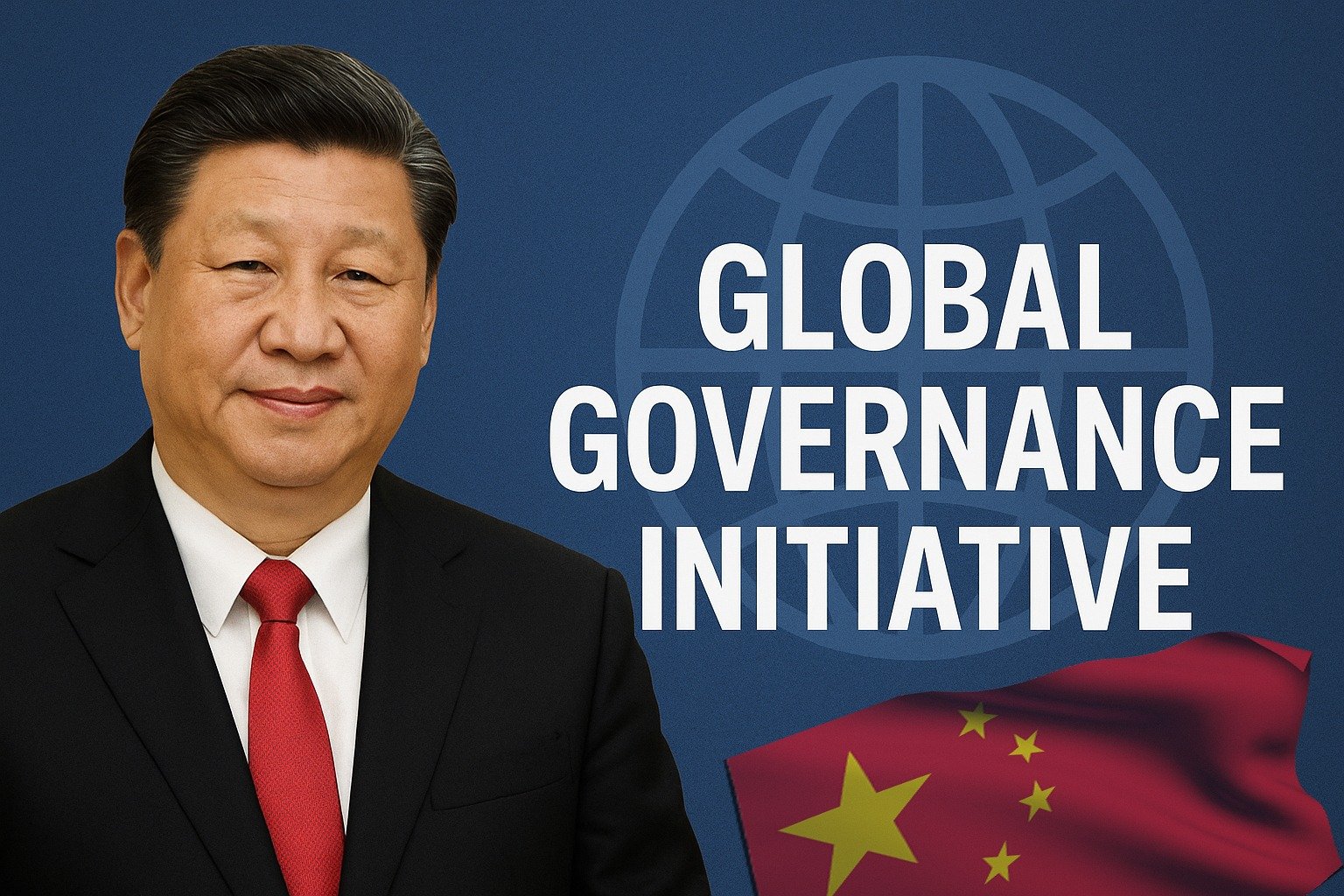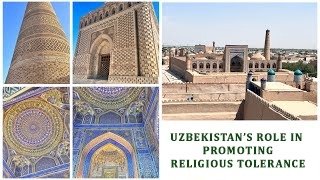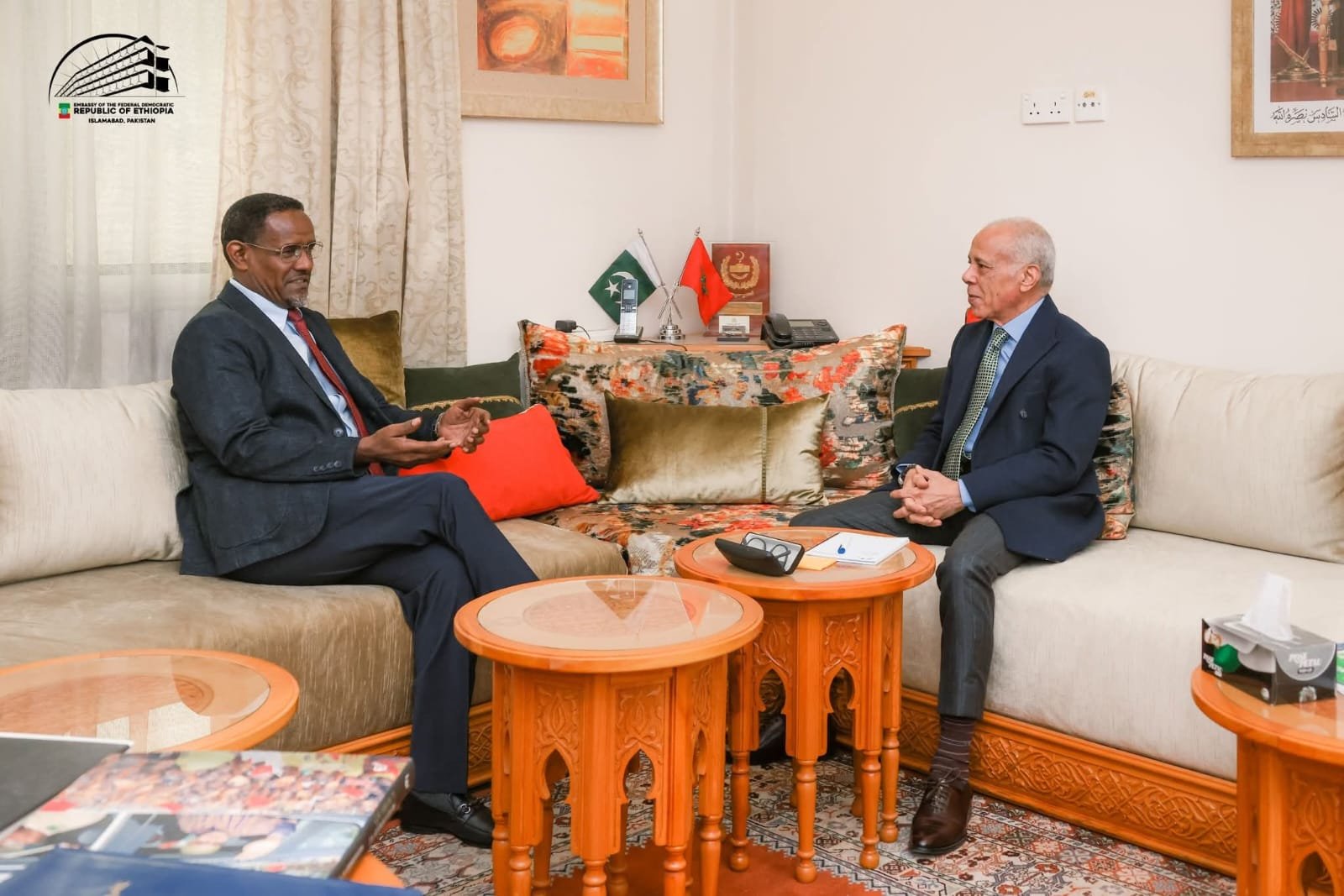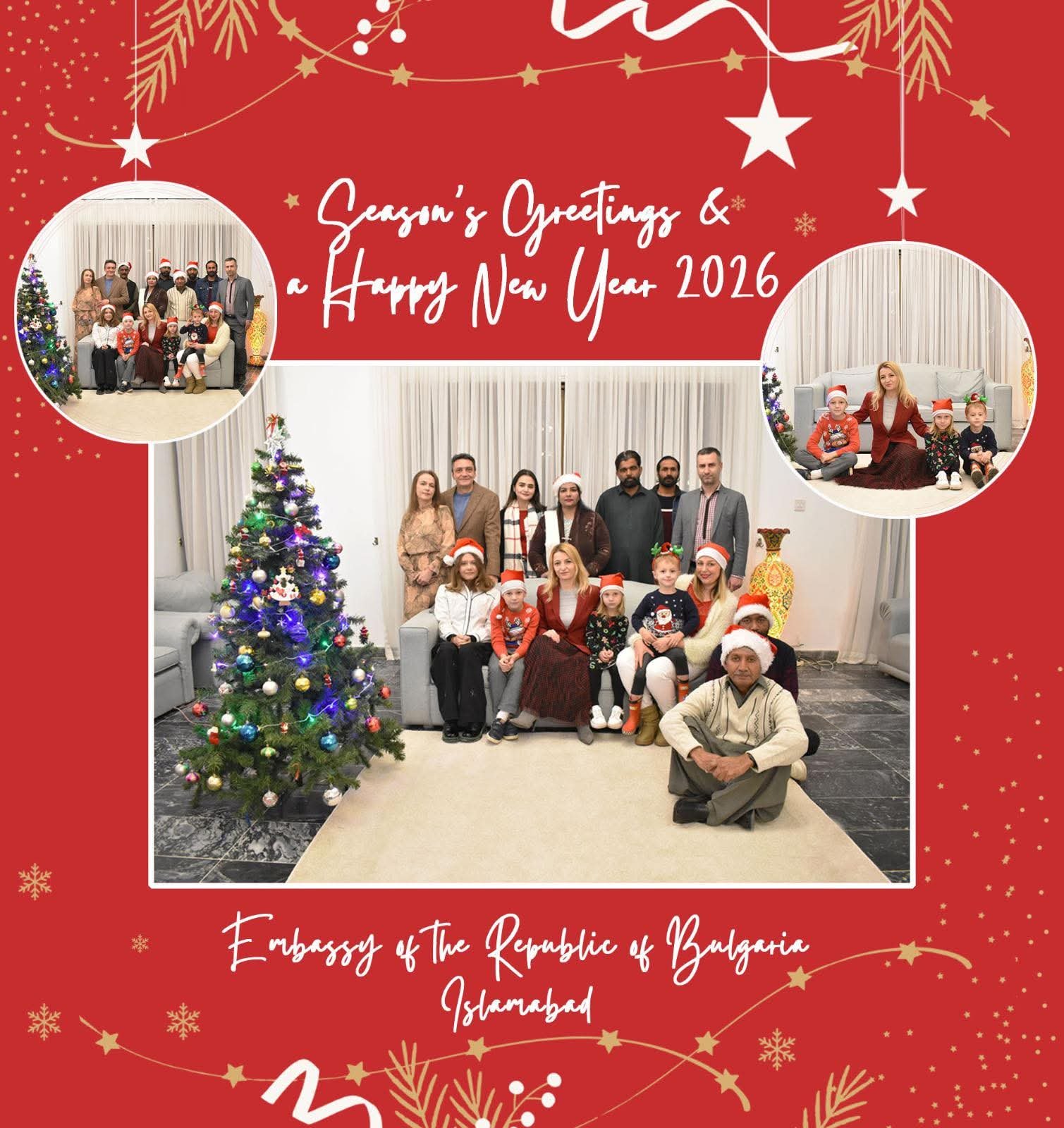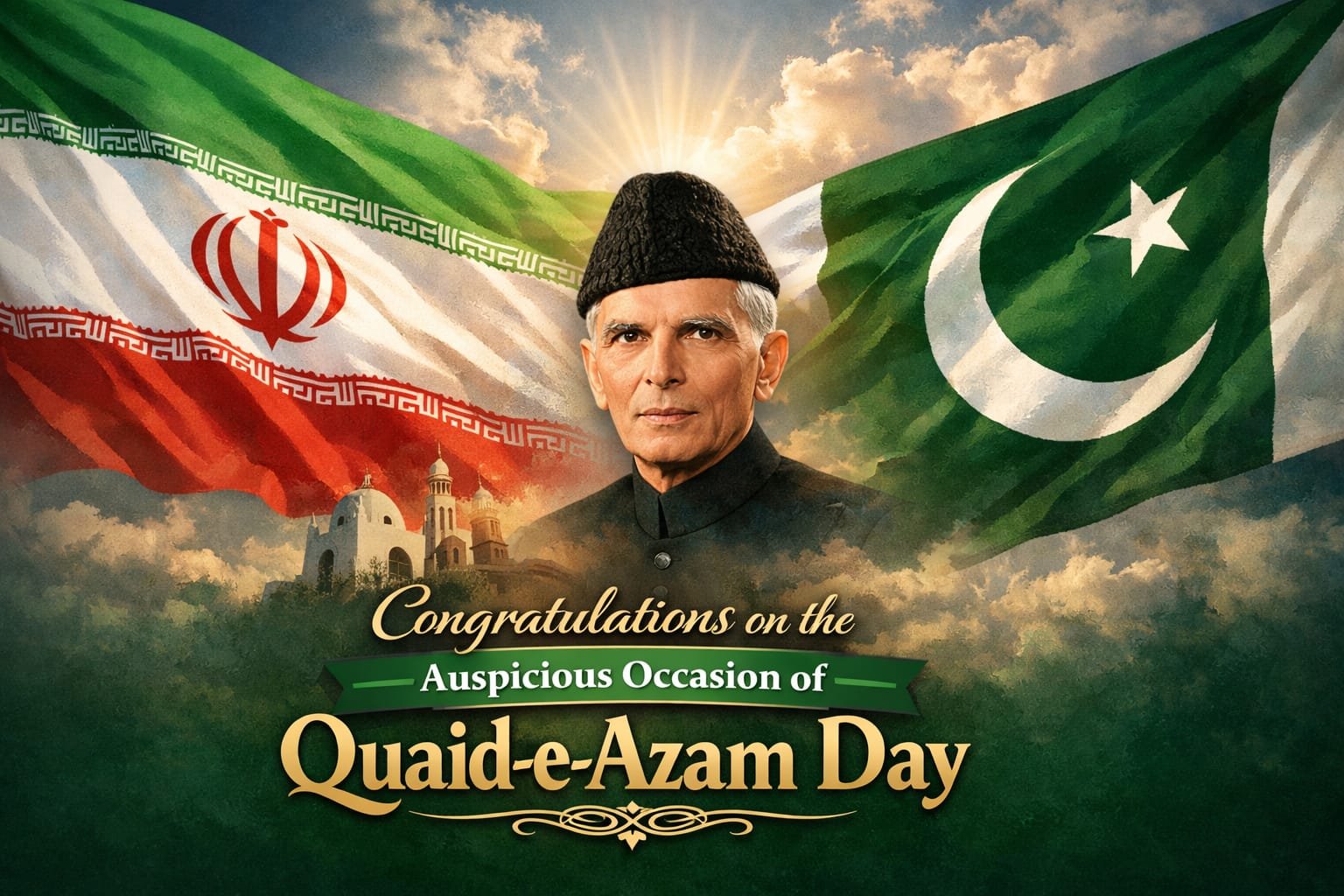The beautiful country – Romania, is a jewel in the core of Eastern Europe which has become one of the most dynamic destinations among international tourists because of the blend of cultures, the scenic beauty and the heartwarming hospitality. Romanian tourism is experiencing a spectacular growth over the last decade, due to the various attractions of the country and the eagerness of the government to embrace foreign tourists. Ranging in the exotic medieval beauty of the Medieval Transylvania to beautiful sun-kissed shores of the Black Sea coast, Romania tourism sector is looking very healthy as Romania is contributing the national economy of the country and promoting cross-cultural relations. My article unfolds how Romanian tourism has been so successful and how the government has strategized to welcome foreign tourists to its territory that has made Romania one of the leading tourist destinations in the world.
The Rise of Romanian Tourism
The tourism industry in Romania has been on an upward trend and 2024 is a defining milestone in the tourism sector in the country. The National Institute of Statistics data has shown that in 2024, more than 14 million people arrived at registered establishments in Romania, up 4.5 percent over the year 2023 and 7.7 percent as compared to 2019, before the pandemic took place. Night stays also increased at 4.9% and stood at 30.2 million and the high local and international demand contributed to this growth. This increase highlights the fact that Romania continues to gain popularity due to its rich variety of attractions, which comprises historical sites, natural attractions, and cultural delights not seen anywhere in the world.
Bucharest which is also referred to as the Paris of the east is one of the major destinations which attract visitors to various attractions including the Palace of parliament and the Romanian Athenaeum. The castle of Bran, famously associated with Dracula, draws gothic history fans, and the Transfăgărășan Highway the experience of a lifetime of adrenaline-driving through breathtaking panoramic vistas. The concept of rural tourism in Romania centers around such authentic traditions like Easter egg painting and traditional architecture where the cultural heritage of a country is maintained on the one hand and on the other hand gets the attention of the curious tourist. New industries such as ecotourism and industrial tourism, especially revamped tourist destinations, such as the underground amusement park in Salina Turda, add further variety to the attractiveness of Romania.
Tourism has a huge economic impact with the international visitor’s expenditure being estimated to be at 877 million euros and the domestic spending at 1878 million euros in 2005, which most probably had been increased due to the influx of tourists. In spite of the setback, such as infrastructure deficit, the tourism industry in Romania has been resilient, as the number of foreign tourist visiting the country rose by a rate of 2.39%, between 1990, 2008, during economic transformations periods. Such development indicates that Romania understands how to utilize its natural and cultural resources in gaining the interest of the world.
Government Facilitations
The Romanian government has been a key player in the development of tourism because it has undergone various policies and programs that aim at making the country easily accessible and friendly to foreigners. Such initiatives aim at upgrading infrastructure, facilitating the conditions of entering, and marketing Romania unique attractions in the international arena.
Facilitated Visa and Entry
The process governing the inclusion of Romania into the Schengen Area has been revolutionary as far as international travelers are concerned. The Schengen system allows a large number of visitors, among which are the Australians, to travel visa-free to Romania depending on the visiting purposes making the logistics of traveling easier. The government has done its best to have the new restrictions of entry as well as well-known information and has had the Romanian Embassy and Consulate giving extensive information on visas, customs, and quarantine regulations. The planned European Entry/Exit System (EES) that will be introduced in October 2025 will also optimize border procedures of non-EU members increasing efficiency in the process at Romanian entry points.
Accessibility and infrastructure Upgrades
With an understanding that infrastructure is an important aspect in tourism, the Romanian government has moved to upgrade the transportation and hospitality services and facilities. Through the leadership of larger economic policy conducted by the government, the ministry of tourism has focused on enhancing road, rail, and Airport development with the aim of accessibility to main tourist destinations. As much as there are still challenges, such as improved highways, there have been improvements with connectivity to popular destinations like Transylvania and Black Sea coast as evidenced by recent investments.
The government has also been involved in fast tracking of infrastructure in tourist friendly locations like multilingual signs and visitor centers to assist during tourist travels. As an example, the Ministry of Tourism liaises with the local authorities to make sure that their sites such as Bran Castle and the Peleș Castle have the necessary facilities such as guides who offer the tour in various languages.
Tactical Tourism Marketing
The Ministry of Tourism has played a big role in advertising Romania as a destination across the world. By using its official channels, including www.romania.travel, the ministry presents both cultural and natural attractions of Romania to foreign markets by using the dedicated campaigns introducing the audience to the unique attractions and opportunities the country has to offer. The cultural route, Iter Vitis Route, which is also supported by the government, ensures wine tourism, linking Romania to the larger European tourism landscapes, increasing its presence.
A Masterplan of Tourism Development, prepared in collaboration with the United Nations World Tourism Organization (UNWTO), was created in 2007 that identified methods to develop tourist industry in Romania. The focus of this plan was revolving around sustainable growth, analysis of visitor expenditure and the cooperation with foreign consultants in order to conform the tourism policies of Romania according to the international standards. Such efforts have endeared Romania as a tourism market leader in the international tourism industry.
Economic, Cultural, Ecotourism and its Impacts
To promote niche tourism, the government has encouraged cultural and ecotourism among others that alleviate the interests of international tourists who pursue authentic experiences. Rural tourism programs focus on traditional craft and folklore in areas such as Banat and Maramure and long-distance tracks such as the Via Transilvanica hiking and cycling route portrays fortified churches and Dacian citadels across Transylvania. The government has invested much on conservation of the natural sites, like the Scariursoara Glacier Cave and the Danube Delta among others thus making ecotourism a sustainable attraction of the environmentally-conscious travelers.
In order to create a favorable impression on the foreign visitors, the Romanian government has put in place consumer protection laws and safety precautions. The Ministry of Tourism is engaged in controlling hospitality services by ensuring that the quality of the hospitality services that are provided by hotels, restaurants, and tour operators are up to standard. Besides, the government is working with other global agencies to issue updated travel warnings such as health risks and frauds.
Economic and Cultural Impacts
The Romanian tourism is not just bringing benefits in the economic sector, but also generates cultural exchanges and internationally acknowledges Romania and its culture. Tourists are foreigners who mostly arrive through Germany, Italy and France, making the visitor profile to be diverse with Germany alone recording 15.5% of the overnight stays of foreigners in 2008. These global demands have been stimulating domestic economies especially in the rural economy where the small businesses enjoy the tourist activity on crafts, food as well as lodgings.
Culturally, the tourism boom of Romania has boosted her and world status. Traditional Romanian food, including sarmale (stuffed cabbage rolls) and papanasi (cheese doughnuts) are featured at the festivals that are popular with food enthusiasts; other live traditions can be seen at, say, the painting of Eastereggs in Bukovina. The exchanges between the two cultures enhance the identity of Romania as a modern destination with a good history.
Future
In the future, the tourism industry in Romania is bound to grow more. By 2025, there are initial indicators that there is a continued demand of interest towards Black Sea resorts and ecotourism with the government projecting an increase in terms of promotion campaigns and construction works. With its persistent orientation to international tourism standards and its status as a Schengen country, Romania has good chances of receiving even more foreigners.
Conclusion
So in the end I would say that, Romania has a great success story in terms of tourism, and this has been attributed to the cultural heritage, the landscapes available and the forward leaning policies of its government. Streamlining entry procedures, enhancing infrastructure and careful marketing have made the country open to foreign tourists, which has led to the growth of the economy and mutual cultural discovery. Converting a country into a world tourist destination can be achieved through strategic governance as Romania is a proven example of a country that has been investing on its tourism industry. Romania is a place to visit with a lot of history, adventure and authenticity that cannot be missed by travelers.

Mr. Muhammad Ali Pasha is a “Foreign Affairs Expert”. Furthermore, he is a author and poet.
Note: This article is the intellectual property of the writer. If any content will be republished without the consent of author then it will be consider as forgery and fraud.
